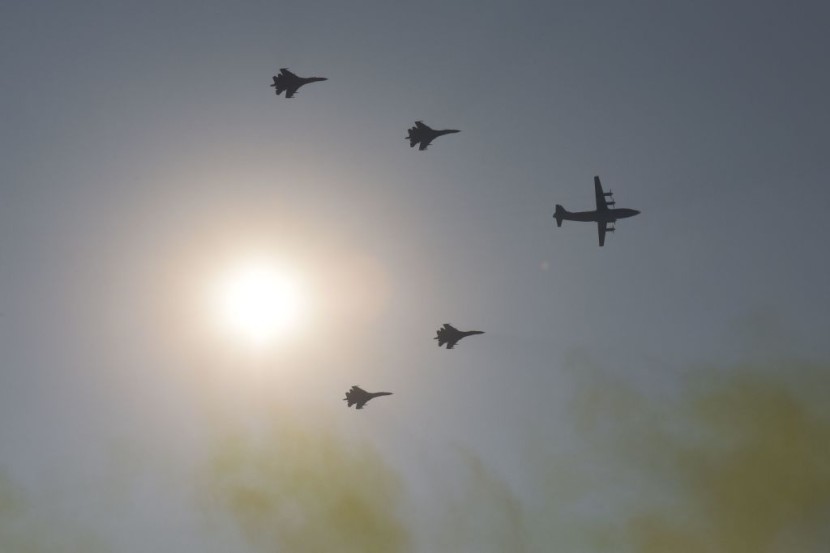
The PLAAF has been accused of intercepting a Canadian military plane that is enforcing UN sanctions on North Korea. Beijing is concerned that the Canadian surveillance planes are getting too close to its air defense identification zone (ADIZ).
PLAAF Doubts Canadian Military's Intentions
The Department of National Defense clarified on Wednesday that the intercepts occurred on a handful of occasions between September and November, reported Kingston This Week.
They engaged a Canadian CP-140 Aurora surveillance aircraft flying out of Okinawa, Japan, Canada's newest commitment to an international punitive measure monitoring effort.
Further documentation, like the number of instances or their exact dates, has not been disclosed by Defense Department spokesman Daniel Le Bouthillier.
He further said that Canada had already made it clear that it anticipates all intercepts to be carried out in a safe, professional manner, but without trying to interfere with approved flights in international airspace.
In a recent speech in early November in Halifax, U.S. Defense Secretary Lloyd Austin alluded to "troubling developments" in the behavior of the Chinese military., noted Yahoo News.
China's actions in the Taiwan Strait have become "increasingly audacious," he said, and the country's planes have been flying close to Taiwan "in huge numbers regularly."
As the Chinese Air Force intercepts allied aircraft flying in international airspace over the South and East China Seas, Austin defends their operations.
Indo-Pacific Gets Rough
Claims of these disconcerting trends highlight how vital it is to work collaboratively with an unmatched network of collaborators, and partners on both sides of the Atlantic and the Pacific to stymie aggressive behavior.
Read also: Pentagon Plans to Protect America From Ballistic Missiles, Sets Up Plan B for Assurance
This week, Canada officially launched an Indo-Pacific strategic plan that also included millions of dollars in extra revenue to boost the country's military's interest in the region.
The strategy intends for Canada to sustain a semi-permanent maritime presence in the region even as it prepares the ground for deeper military cooperation and collaborative efforts with allies.
Two Canadian frigates that have been stationed in the territory in June are presently coming back home.
Earlier Reported InterceptionsRecent claims emerge merely months after Canada disclosed that the Chinese fighter pilots had been carrying out risky interceptions as of December of last year, as reported earlier.
The Canadian government divulged through June that since December 2021, Chinese jet fighters had intercepted a Canadian plane that has been actively participating in a U.N. mission. roughly 60 times, as per EurAsian Times.
Of these, nearly 20 interceptions have been labeled "risky," as the Chinese airplane decided to fly only 20 to 100 feet away from Canadian aircraft.
The Canadian pilots might make eye contact with Chinese pilots from such a distance and even see them raising middle fingers. Such close calls at such high speeds could result in a collision or crash, say experts.
The PLAAF has been intercepting Canadian military planes in the Indo-Pacific region involved in NoKor sanctions.
Related article: Russian Air Force Su-34 Bombers Pummeled Ukrainian Armed Forces with Kh-29 Missiles, Eliminating 200 Ground Troops
© 2025 HNGN, All rights reserved. Do not reproduce without permission.








